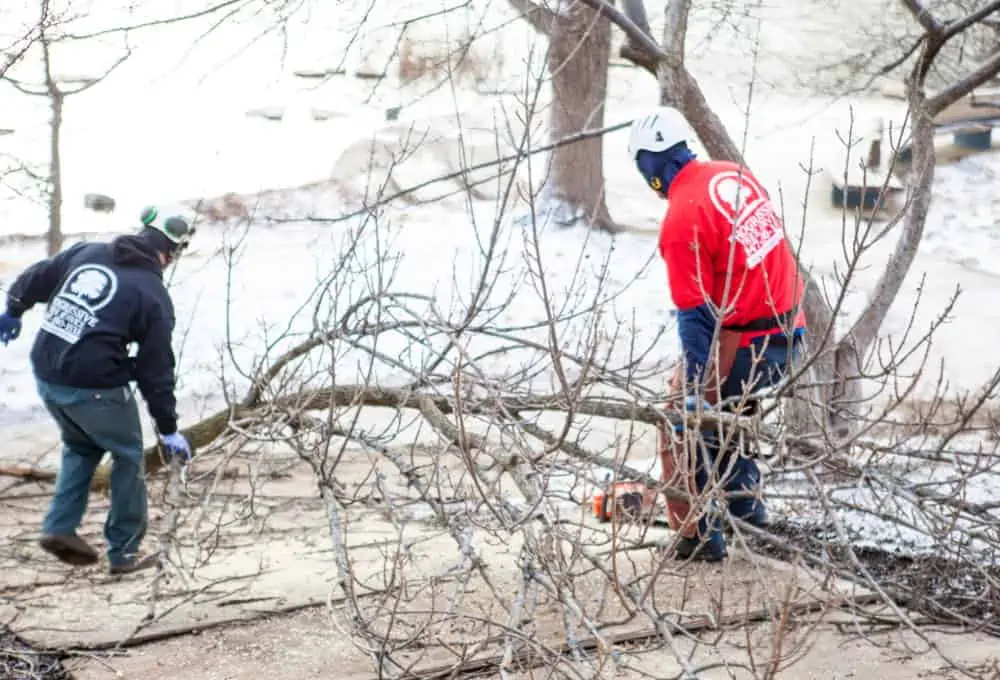
More often than not, most people in Illinois tend to believe that pruning during fall is the perfect time of the year. We’re going to see if that really holds water, especially when there are four seasons.
Pruning is done for several reasons but mostly to maintain safety and to control the size of the tree. The essence of pruning is to create a central main stem that is growing straight up to define its skeletal structure. It can be used for shrubs to create an appealing shape and spread out its branches for better airflow of the shrub.
If you’re unsure when to prune your trees or are planning to prune this fall, please take a seat and keep scrolling as we uncover the best time of year to prune trees in Illinois.
Find out when it is the best time to trim a specific tree
Fall Pruning
There is a trick to fall pruning and that is its timing. Tree pruning is best done during the dormant season. The dormant period starts sometimes after the tree has shed its leaves and all the upper trunk and branches start showing, in late fall and ends when the temperature hold steadily above 40 degrees for an extended number of hours.
Trimming trees in the fall can hurt the tree, especially if done during an unusually warm season. If the temperatures are not low enough, new growth, such as tree shoots, might occur and that has the potential to stress and hurt the tree.
To recap, the best time to prune trees is during its dormant period between late fall and early spring. If you need to remove dead branches, you should try to do it before first snowfall as the added weight of the snow might cause those branches to fall.
Summer Pruning
Summer pruning should be avoided when possible. It is safer to prune when your plants are dormant, for roughly 90% of the species. Summer is not a good time of year for tree trimming as the open wounds can attract diseases and insects that will hurt the tree.
Exceptions to pruning trees in the summer include plants from the prunus family (peaches, nectarines, plums, apricots, and almonds), which should only be pruned during the warm months of summer. Because the deadly ‘silver leaf’ affects these plants during late fall to spring, pruning during the summer will reduce the risk of infection.
Summer is a great time to do small, routine pruning.
Spring Pruning
For those who like to go along with the vibe of spring cleaning, this is the time to extend that energy outside. However, you’ll need to remember a few things before starting your trees trimming project.
People usually prune sap-producing trees during the winter, and it is perfectly okay. The only problem is that they tend to bleed too much sap. While the sap is harmless, you can opt to prune these tree species during the early summer to avoid the mess.
Fruit trees can also be pruned early in summer. The aim here is to reduce the overproduction of fruits and ensure each fruit produced receives enough sunlight.
Spring-blooming shrubs like Viburnum, Forsythia, Lilacs, and Rhododendrons usually flower on last year’s wood. Its buds were well set in the previous summer, and you should be careful not to prune them too early or remove all the good buds. The best time to trim such shrubs would be somewhere later in the spring after the flowers have sagged, just before they start setting their buds for the coming year.
Pruning In Late Winter
Even as the winter temperatures in Illinois reach well below freezing points, most people still do preparations for the growing season. Make sure you have the best equipment to trim your trees, and that they are disinfected, clean, and definitely sharpened. Winter is the best time to do all your pruning needs as the trees are dormant and literally waiting to be pruned!
Summer-blooming shrubs (Potentilla, Rose of Sharon, etc.) generally set their buds in the spring. This is the time to encourage growth and prune the shrubs. If you do it properly, you should expect a full bloom when summer arrives.
Even as most fruit trees don’t need annual pruning, they can gain from pruning during their younger years. The perfect time to prune fruit trees is to remain dormant (early spring or late winter). Remove any dying branches, deadwood that may derail fruiting. Be careful with apples or cherries that bloom on last year’s wood.
Nothing is as disturbing as a jiffy, dead branch becoming a hazard or a long branch getting caught up in power lines. The secret of pruning is to go with the pace of the tree - don’t rush in-between seasons. Encourage healthy plants, evenness, and general aesthetics by trimming your trees at the right moment.
Do not hesitate to contact a certified arborist for tree care advice, as they can save you and your trees a lot of trouble. A trained eye might uncover hidden issues or even help prevent tree removal due to health or structural issues.

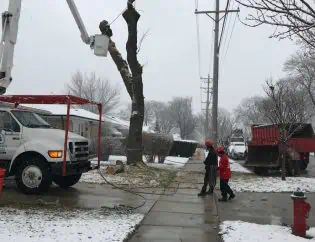
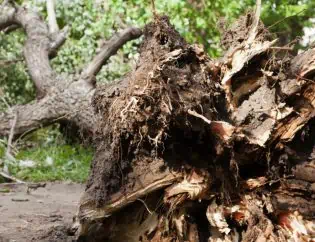
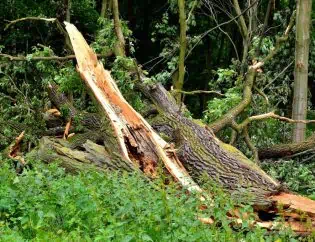

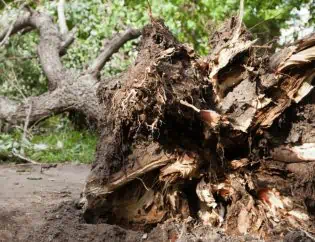



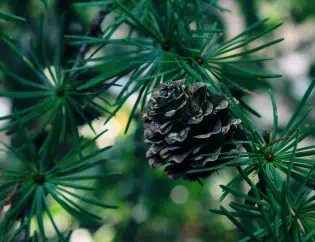
You must be logged in to post a comment.